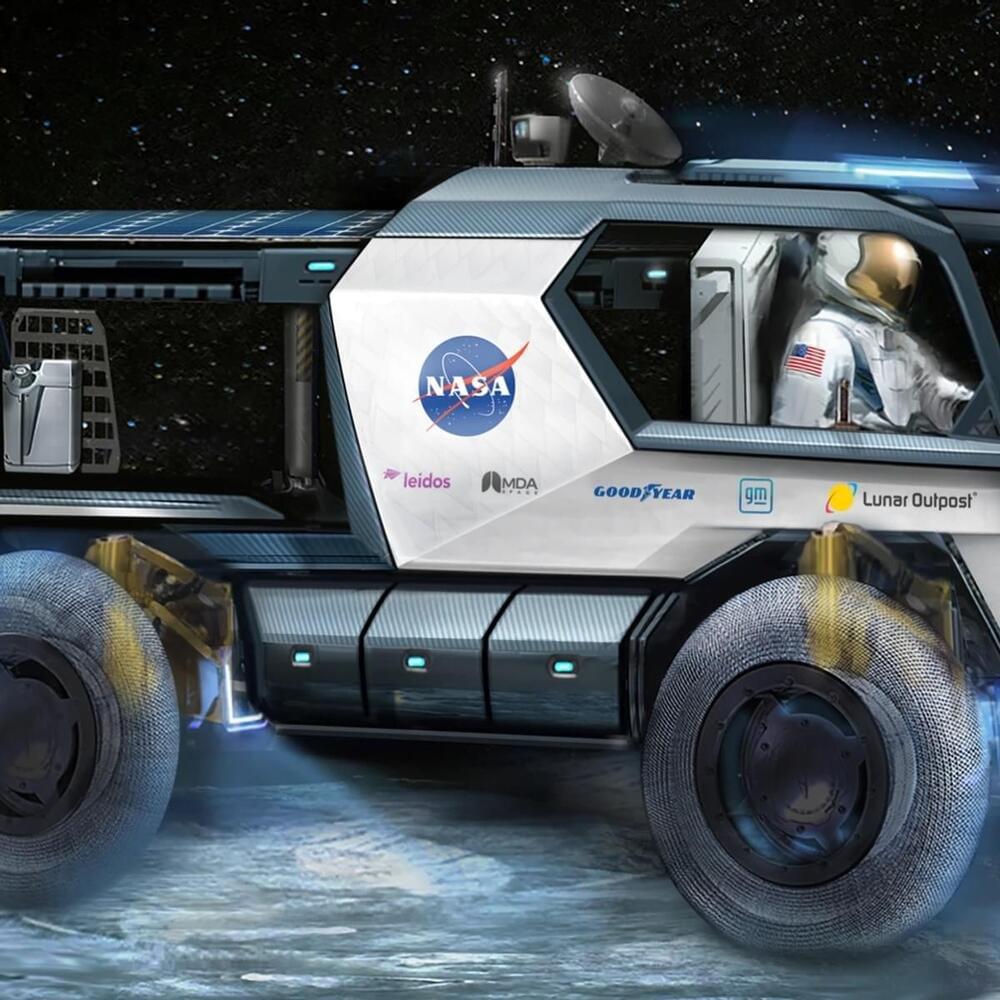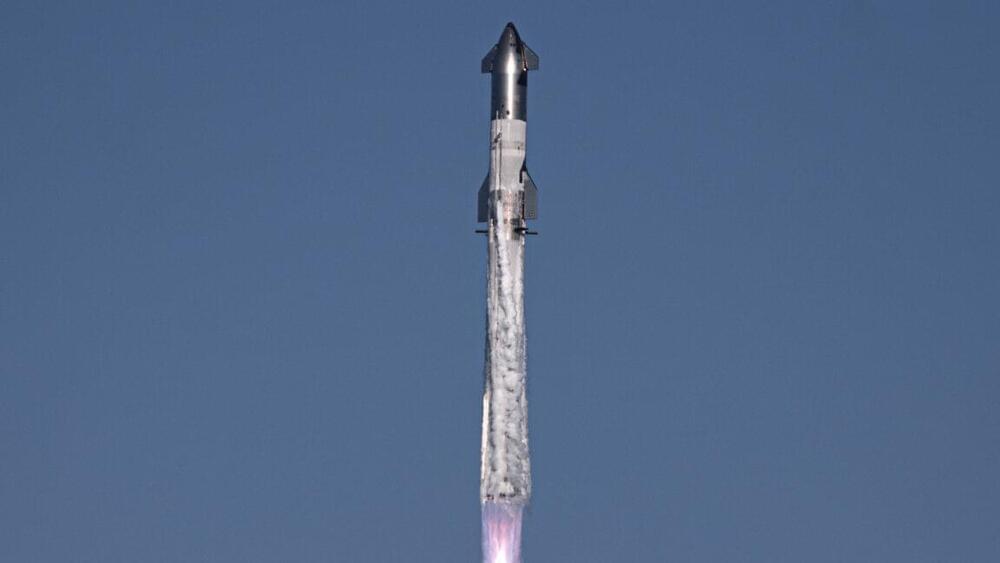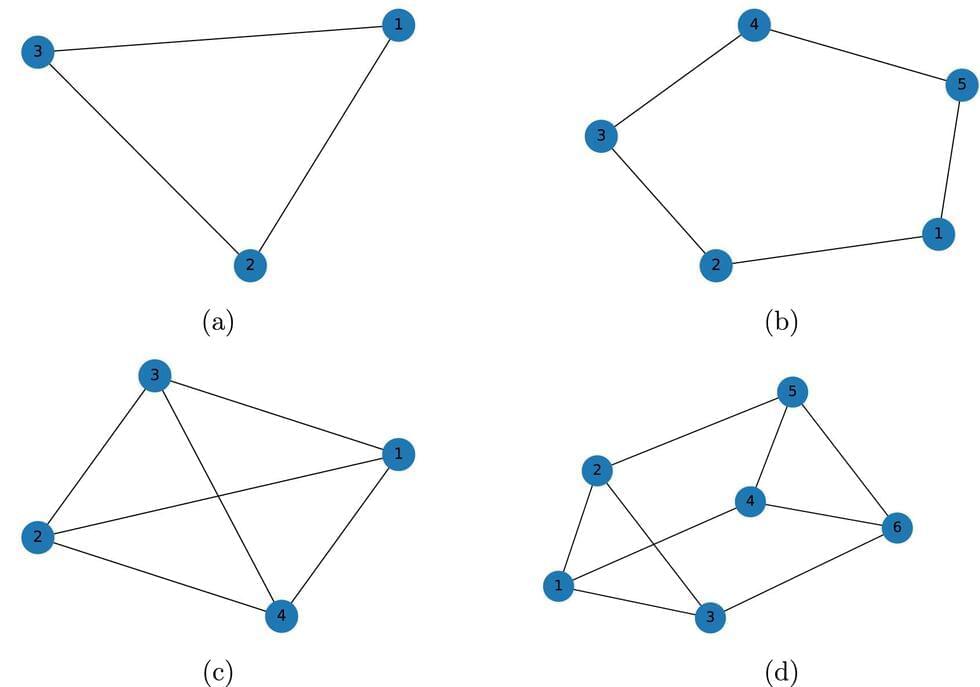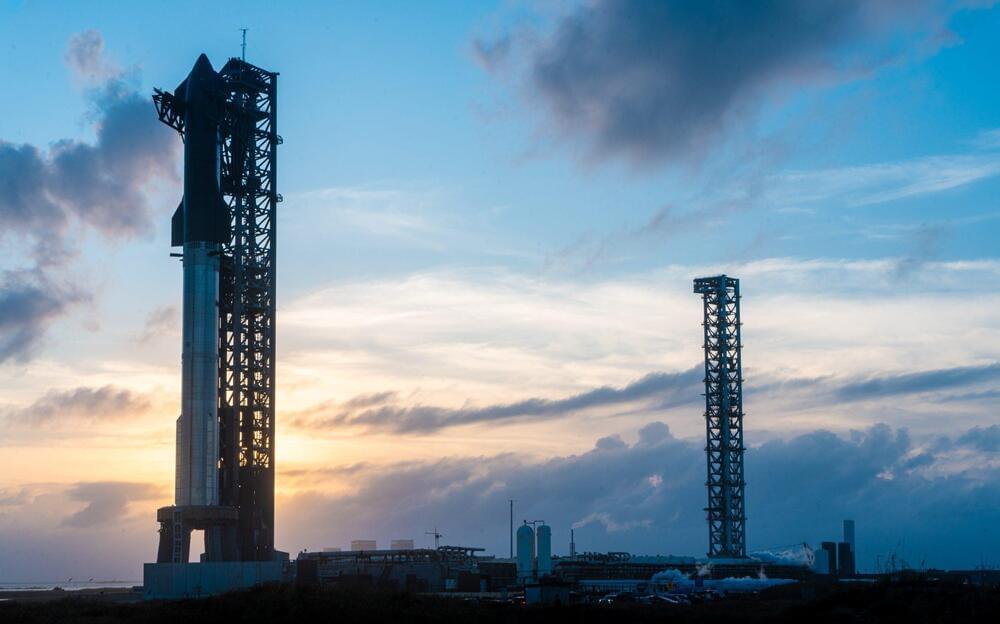BREMEN, Germany — Lunar Outpost has selected SpaceX’s Starship vehicle to deliver to the moon the Artemis lunar rover it is developing for potential use by NASA.
The Colorado company announced Nov. 21 that it signed an agreement for SpaceX to use Starship to transport the company’s Lunar Outpost Eagle rover to the moon. The companies did not disclose a schedule for the launch or other terms of the deal.
Lunar Outpost is one of three companies that won NASA contracts in April for the first phase of the Lunar Terrain Vehicle (LTV) program to support the development of a rover that can be used by future Artemis missions. Each company received a one-year contract to mature the design of their rovers through a preliminary design review (PDR), and the agency will later select at least one of the companies to develop the rover.





